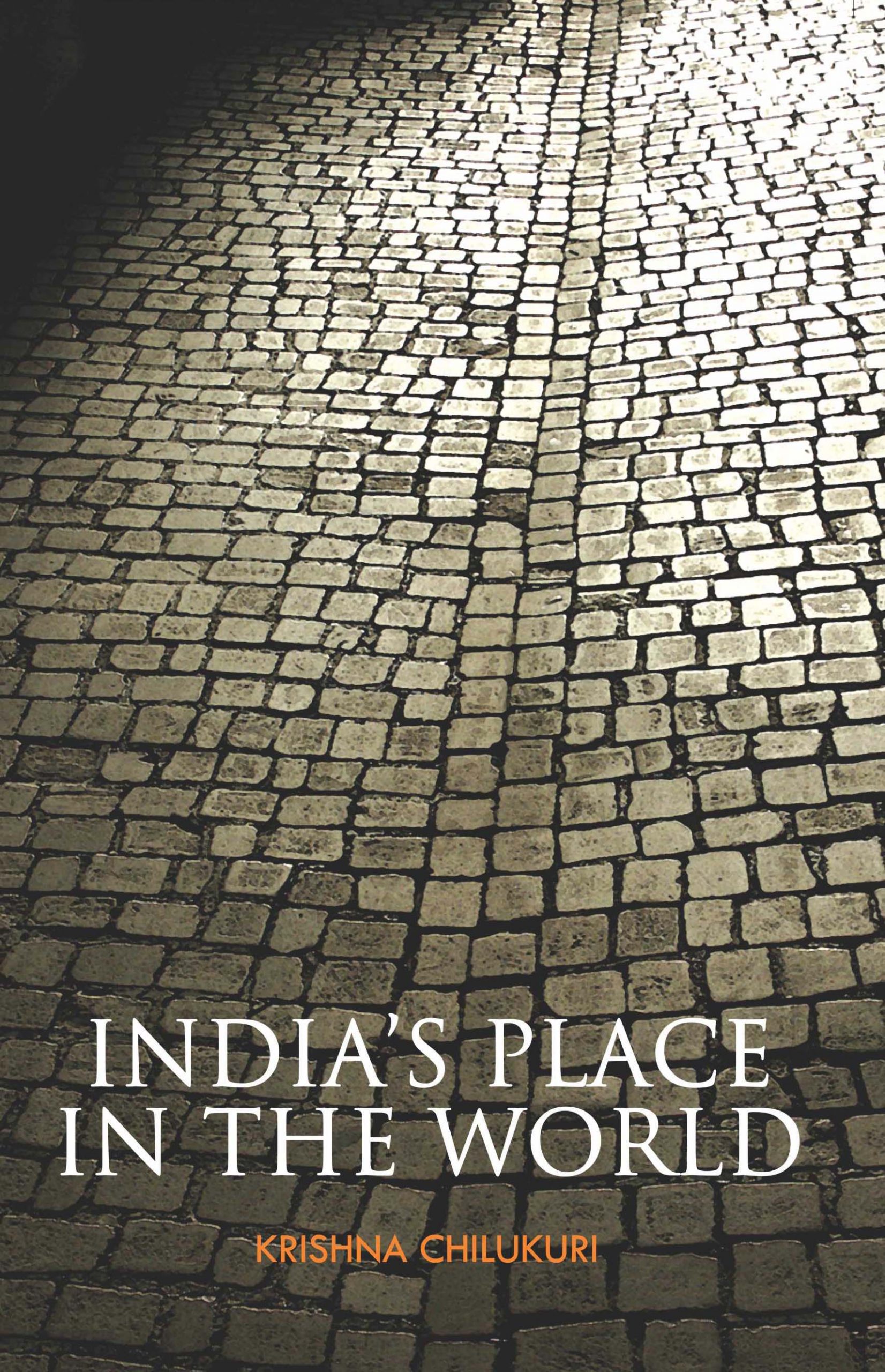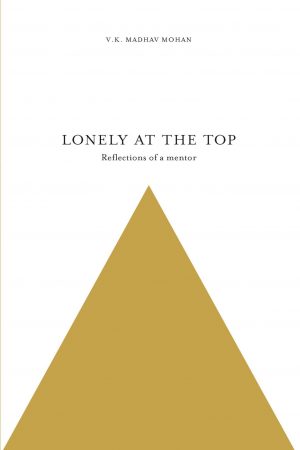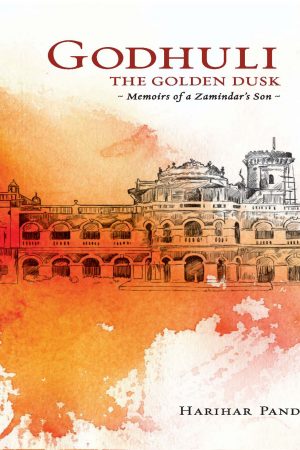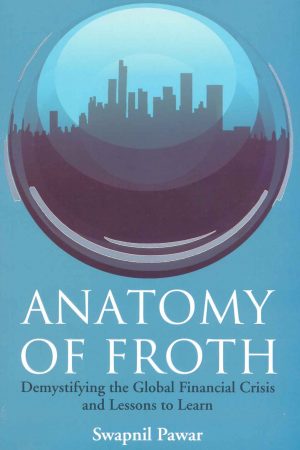Description
We live in a complex world order built with a multitude of competing sovereign nations – countries with varying economic, political and military power – a world structured by international organizations which sometimes work but at other times are bypassed. But the dominant status of the United States is under threat and the institutions that were created more than 50 years ago, are beginning to lose their significance in certain circumstances and redefining their purpose and structure in others. In this new dynamic, India and China are often seen as the next superpowers, with a shift of global influence to Asia and the East. As the economies of Indian and China continue to grow rapidly enhancing the power of these countries, they must now take on an active role in the restructuring of international institutions and the constitution of a new world order. This is far from easy and there are obstacles to overcome, including opposition from entrenched interests, questions about the confidence and ability of these nations to create such strategies, and the sustainability of their economic growth engines which are the driving forces of their influence. A peaceful and orderly restructuring of global Institutions and their objectives, as well as models of governance and the rebalance of world power, should be the strategic objectives of India’s foreign policy. This book attempts to collate and analyze the current structure of the world as well as the major events of the past 60 years, primarily through the United Nations as a global institution; the UN Security Council and collective security; international monetary and financial structure through the IMF and World Bank; trade and commerce through the GATT and WTO; and finally the impact of global warming and the international response to it. It also indicates possible directions and options for India in exerting greater influence in the world through these global institutions.






